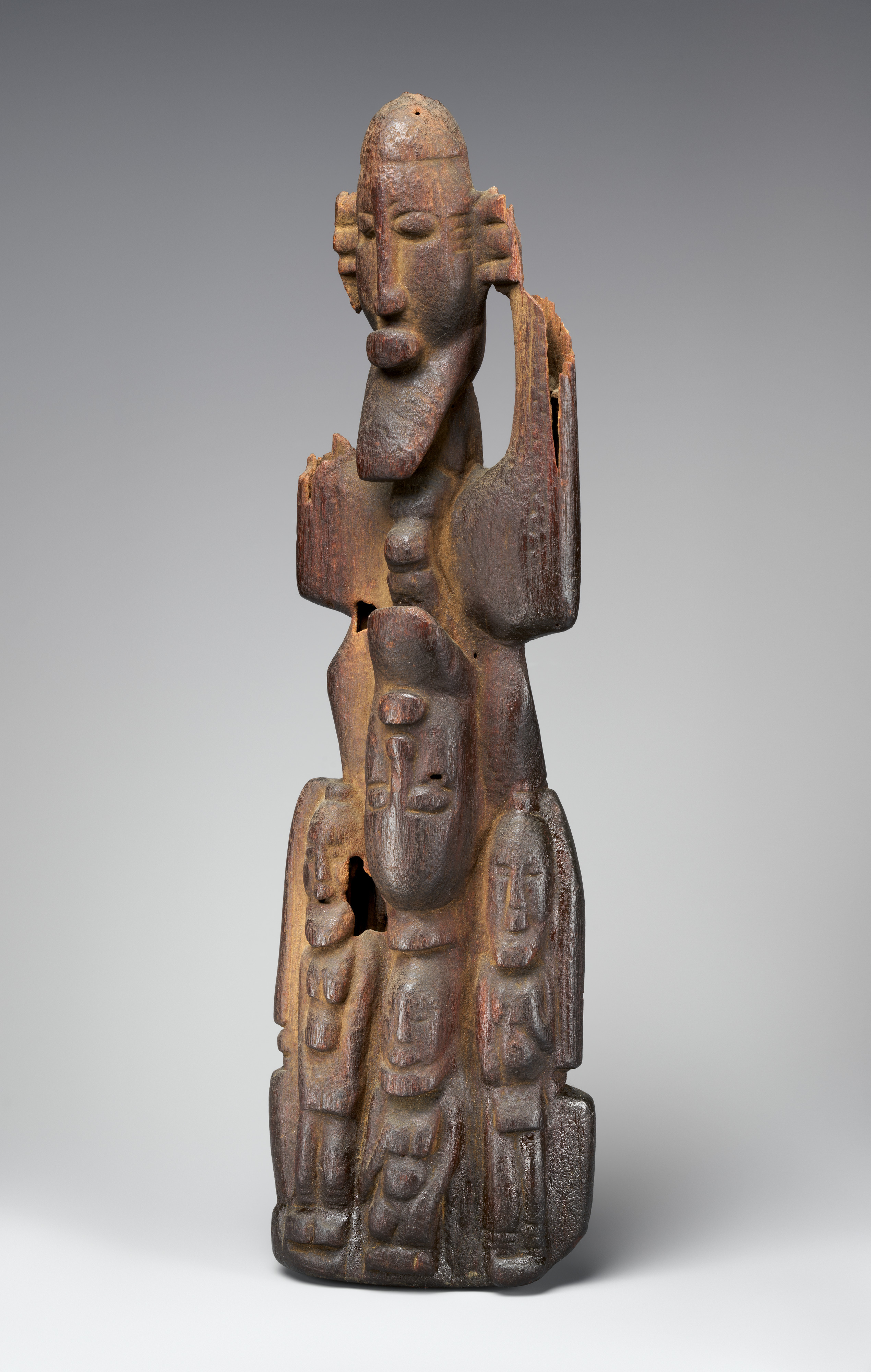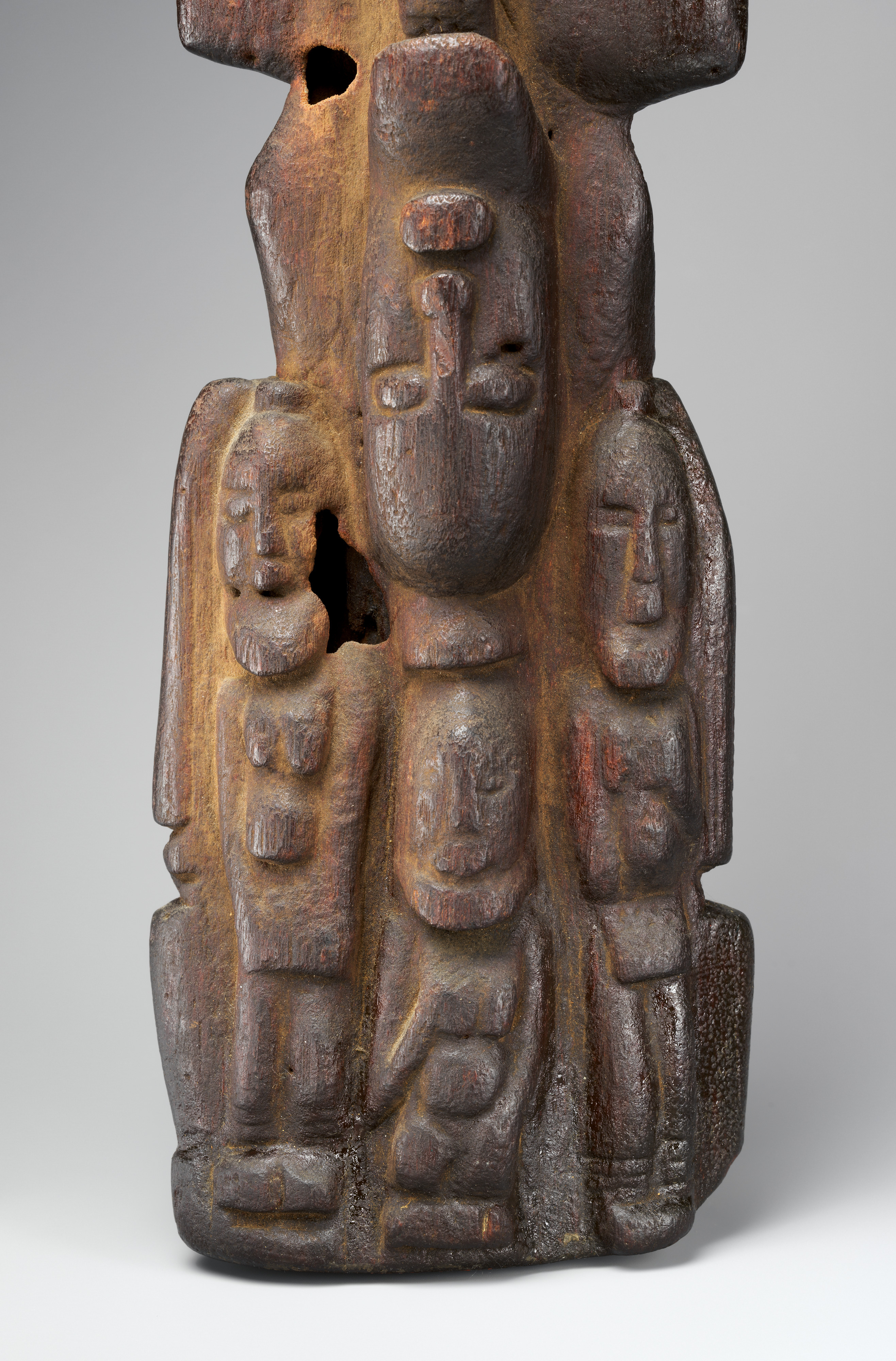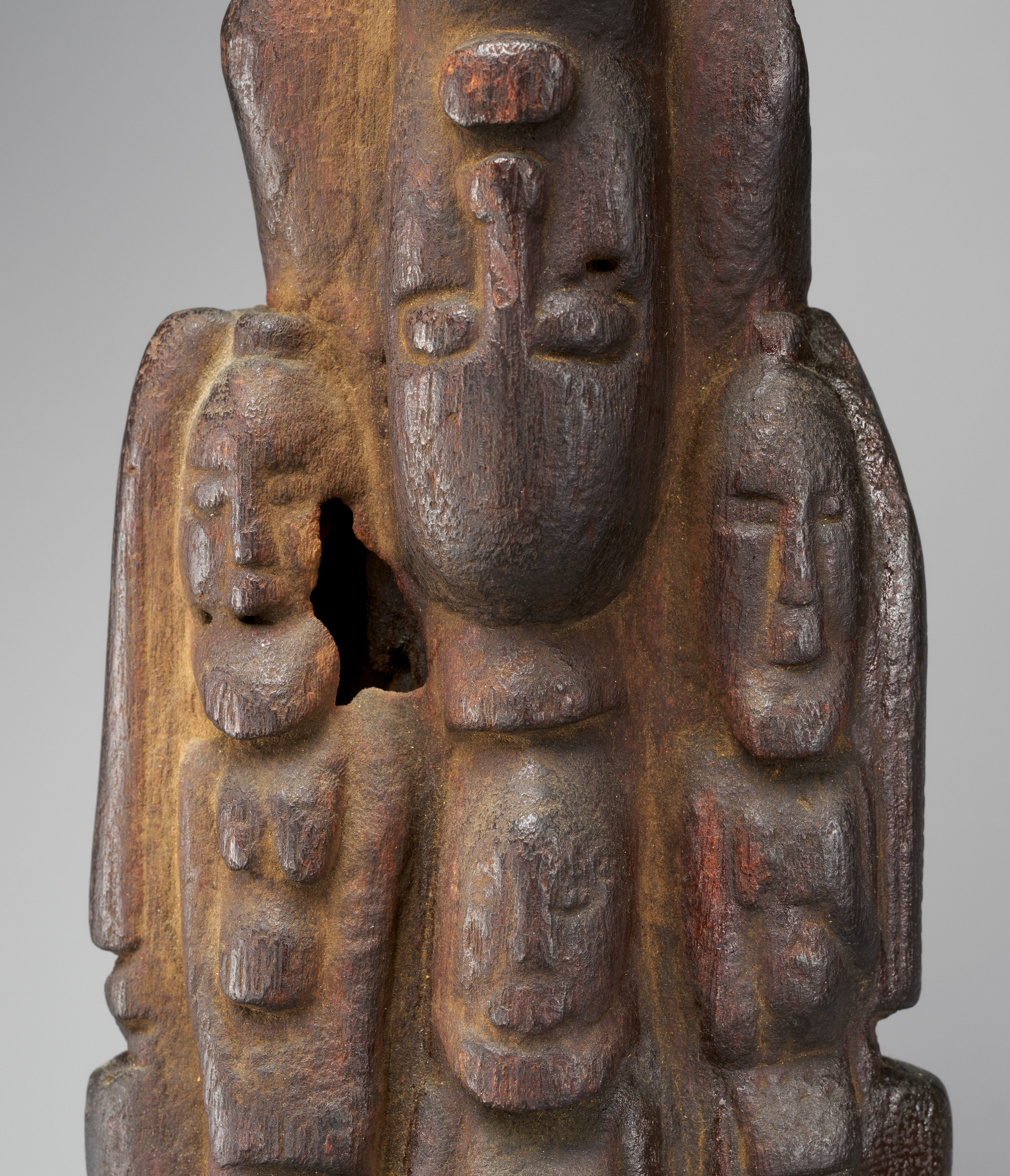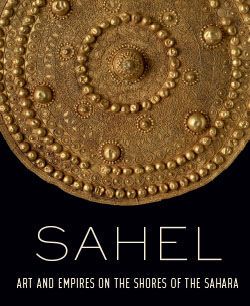Figure Group
Not on view
Both Dogon oral traditions and archaeological evidence attest to the settlement of Mali’s elevated Bandiagara Escarpment by Dogon migrants during the early sixteenth century. This unusual work may date to that period, given that the arid climatic conditions were conducive to preservation of wood sculpture. Stylistically, the oblong faces, protruding eyes and mouths, straight noses, and jutting beards are related to a group of sculptures identified by scholars either as "Soninke" or "Djennenke." These terms describe works produced by a network of related cultures that developed in the Inland Niger Delta region between the twelfth and seventeenth century.
This image cannot be enlarged, viewed at full screen, or downloaded.
This artwork is meant to be viewed from right to left. Scroll left to view more.










